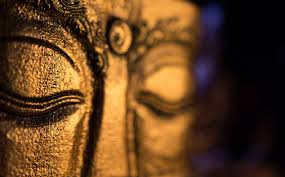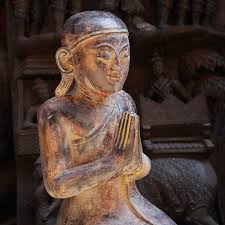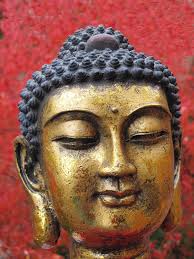Siddhartha Gautama, the first Buddha, was born into wealth and opulence. After his birth, a seer told his parents that Siddhartha would either save humanity or become a great ruler. Siddhartha’s father wanted him to become a king like him. So, his father made it his goal to assure that Siddhartha would never be exposed to painful human conditions of misery, sickness, and suffering. The king indulged Siddhartha in every type of sensual pleasure and material wealth. These efforts were meant to shield Siddhartha from pain, in hopes he would choose to be a king later in life.
As Siddhartha matured, he began to venture outside the walls of his father’s kingdom. By doing so, he was exposed to various painful conditions. In particular, he encountered four examples of human suffering and pain. These encounters are referred to as, “The Four Sights.” The four sights would have a profound impact on Siddhartha’s lifestyle and very existence.

The First Sight
One day, Siddhartha left the village in a chariot with a chariot driver. They came upon a rather decrepit, old man. Siddhartha was shocked at this sight. He asked the chariot driver who the man was and what was wrong with him. The driver explained the man was simply old and that all people experience old age in one form or another. This man was the first sight. Upset about what he saw, Siddhartha and his driver went back to their village.
The Second Sight
The next day, again, Siddhartha set out with the chariot driver, headed out of the village toward the city. They came upon a man who was sick and covered with sores, the second sight. Once again, Siddhartha questioned the chariot driver. The chariot driver explained the man is sick and that everyone can become diseased or sick at any time. Siddhartha became so deeply shaken that he and the driver return home right away.
The Third Sight
On the next trip out of the city on the third day, Siddhartha noticed a funeral procession, which is the third sight. He thought it was a parade but observed the participants looking sad and unhappy, as if they were suffering. Of course, he asked the chariot driver what was happening. The driver said that a person died and that all living beings will eventually die. Siddhartha went back to the village, devastated by what he had just learned about death, unhappiness, and suffering.
Dwelling on the pain and misery he observed, Siddhartha pondered. How could anyone ever live happily with all the sickness, death, and misery in the world? Furthermore, he wondered why anyone would want to be born or want others to be born into such a weary existence.

The Fourth Sight
On the fourth day, Siddhartha encountered a poor man (the fourth sight) who wandered the countryside without a home or material things. Siddhartha noticed the man looked quite peaceful and serene. The chariot driver described how the poor man abandoned a worldly life for a more tranquil existence. Siddhartha liked this idea. He pledged to live the rest of his life roaming in hopes of encountering wise men who could help him discover ways to end pain and misery. He also vowed to discover the true meaning of life. The next night, for one last time, Siddhartha looked at his wife and young son as they slept. Then he left on his quest for life’s meaning and to discover how to end misery and pain.
These four sights, then, facilitated Siddhartha’s “Great Departure”- his exit from living a worldly life. And so began Siddhartha’s 50 years of Buddhist teaching and searching for truth, motivated by The Four Sights.





